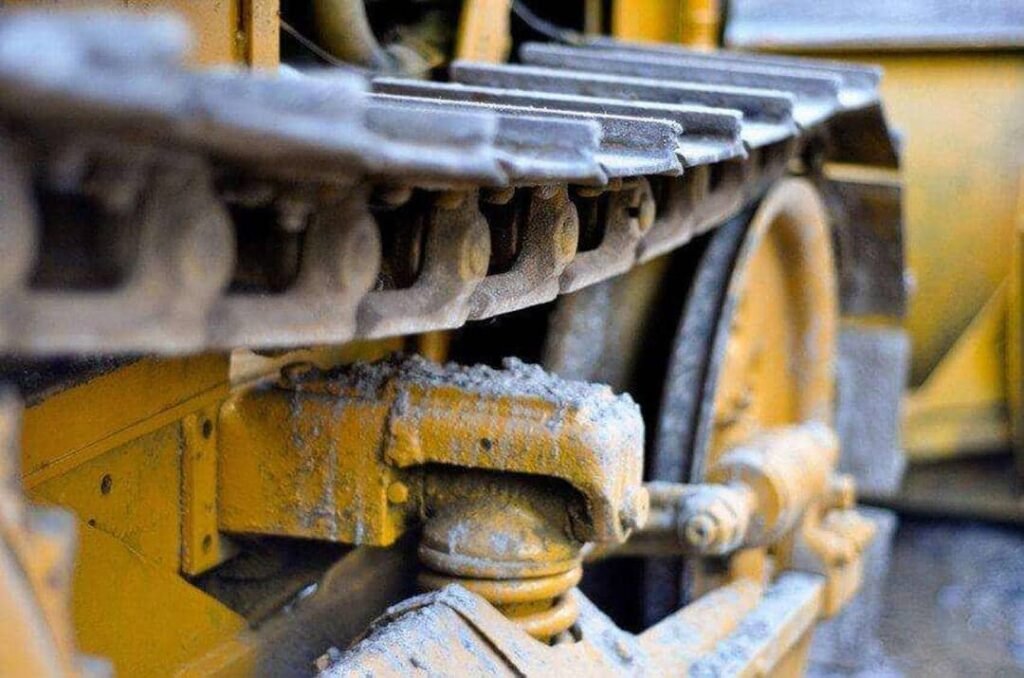The service life of the excavator sprocket is not static, and it will differ according to different conditions of use and maintenance habits. In general, the service life of the excavator sprocket can reach about 2,000 to 2,500 hours of working time. However, this figure is only an estimate, and the actual lifespan may be longer or shorter.
First, let’s talk about some key factors that affect the life of the sprocket. The working conditions of excavators are the most important one. For example, they often work in rocky or soft terrain, which will accelerate the wear of sprockets. On relatively flat and dry ground, the wear rate will be slower. In addition, good maintenance habits, such as regular cleaning of the sprocket to ensure that the track tension is moderate, can also effectively extend the service life of the sprocket.
Secondly, how to detect the wear of the sprocket is particularly important. The user should regularly check the degree of wear of the sprocket, if the sprocket teeth are found to be seriously worn, it may be time to replace the new sprocket. Replacing worn sprockets as early as possible can prevent further damage, such as damage to the drive motor or other transmission components.
Finally, the correct operating habits also have a great impact on the life of the sprocket. For example, avoiding twisting the track while digging and steering as smoothly as possible can reduce stress on the sprocket. Of course, following the use guidelines of excavator manufacturers and taking recommended maintenance measures for specific models is also an important means to ensure the maximum service life of the sprocket.
In summary, the service life of the excavator sprocket has no specific period, and it will be affected by many factors such as working conditions, maintenance and operating habits. The user can greatly extend the service life of the sprocket through meticulous maintenance and correct operation, ensuring the efficient and stable operation of the excavator.
Fulian Operation Team
2024.5.4








